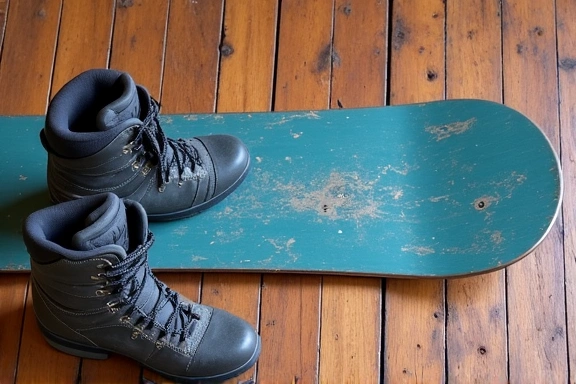Equip Yourself for Winter Success: The Right Gear Makes All the Difference
The right gear can make all the difference in your winter sports experience, ensuring both safety and optimal performance. From the slopes to the rink, and the snowy trails, having the proper equipment is paramount for comfort, enjoyment, and preventing injuries. Dive into our comprehensive guides to equip yourself for success, whether you're a seasoned pro or just starting your winter adventure. We'll help you navigate the vast world of winter sports gear, making informed choices that enhance your time outdoors.
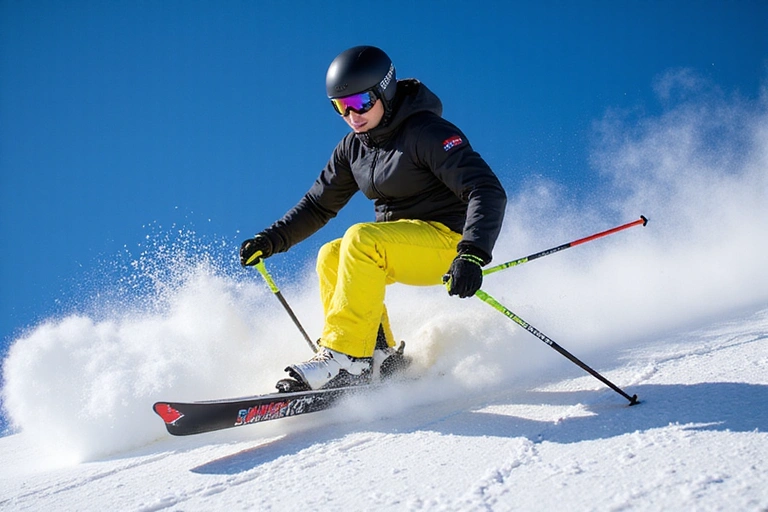
Category Breakdown: Specialized Gear for Every Winter Sport
Winter sports encompass a diverse range of activities, each with its unique demands on equipment. To help you find exactly what you need, we've broken down gear recommendations by specific categories. Explore the essential items for your chosen sport and understand how each piece contributes to your performance and safety.
Skiing & Snowboarding Gear
Embark on your alpine adventures with confidence. This section provides a deep dive into the critical components for skiing and snowboarding, from the planks under your feet to the protective layers on your body. Understanding the nuances of each item will elevate your experience on the slopes.
- Skis & Snowboards: Choosing the right length, camber, and flex for your style and terrain.
- Boots & Bindings: The crucial connection between you and your equipment, ensuring control and comfort.
- Helmets & Goggles: Essential safety gear for protecting your head and eyes from impact and elements.
- Apparel: Layering strategies with waterproof jackets, pants, base layers, and gloves for warmth and protection.
- Poles: Selecting the correct length for balance and propulsion.
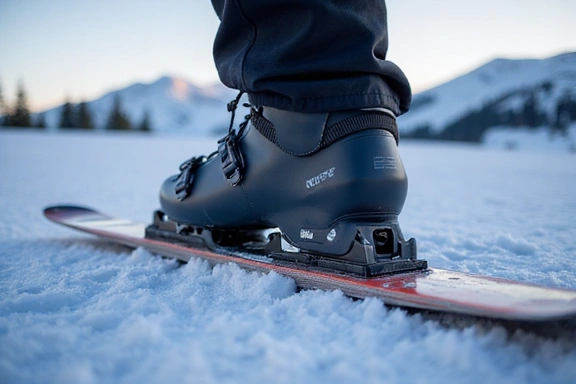
Ice Skating & Hockey Gear
Glide gracefully or play intensely with the right ice sports equipment. This section covers everything you need for ice skating and hockey, emphasizing protection, performance, and proper fit. Don't let ill-fitting gear hinder your time on the ice.
- Skates: Figure skates, hockey skates, and recreational skates – understanding the differences and fit.
- Sticks (Hockey): Choosing the right flex, curve, and length for your playing style.
- Protective Pads: Helmets, shoulder pads, elbow pads, shin guards, and gloves for comprehensive protection.
- Apparel: Warm, flexible clothing designed for movement on the ice.
- Accessories: Blade guards, skate bags, and other essentials.
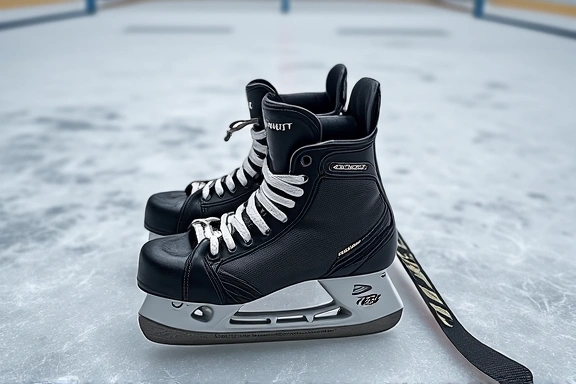
Winter Hiking & Snowshoeing Gear
Explore serene winter landscapes on foot with the right gear for hiking and snowshoeing. This guide focuses on maintaining warmth, traction, and safety in snowy and icy conditions. Prepare for your winter treks with confidence and comfort.
- Snowshoes: Selecting the right size and type for your weight and snow conditions.
- Poles: Adjustable trekking poles for balance and stability on uneven terrain.
- Winter Boots: Waterproof, insulated boots with good traction for cold and wet conditions.
- Layering Systems: Base layers, mid-layers, and outer shells for adaptable warmth and moisture management.
- Safety Essentials: Navigation tools, first-aid kits, headlamps, and emergency shelters.
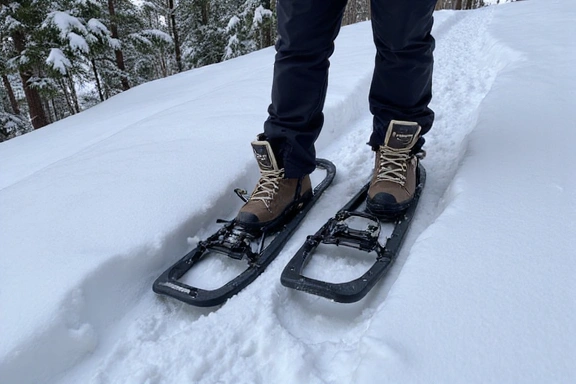
Product Reviews & Selection Tips
Choosing the right winter sports equipment can be overwhelming given the vast array of options. Our general recommendations and tips are designed to guide you through the selection process, focusing on features, materials, and suitability for different skill levels and preferences. Making an informed decision ensures your gear truly enhances your performance and safety.
Key Considerations for Equipment Selection
When evaluating winter sports gear, several factors should weigh into your decision. Understanding these aspects will help you match equipment to your specific needs and goals.
- Skill Level: Beginner, intermediate, and advanced equipment often differ significantly in flexibility, responsiveness, and forgiveness. For instance, a beginner skier might prefer softer, more forgiving skis, while an advanced rider might seek stiffer, more responsive equipment.
- Terrain Preference: Your chosen environment dictates specific gear features. Look for skis with a wider waist for powder conditions to increase float, or choose stiffer boots for aggressive riding on groomed slopes or challenging terrain.
- Fit and Comfort: This is paramount, especially for boots and helmets. Ill-fitting gear can lead to discomfort, blisters, and even injury, severely impacting your performance and enjoyment. Always try on boots and helmets to ensure a snug yet comfortable fit.
- Material and Durability: High-quality materials often translate to better performance and longevity. Consider the construction of skis, the material of board bases, or the shell of helmets for impact resistance.
- Budget: Equipment varies widely in price. Determine a realistic budget and prioritize essential items, knowing that investing in key pieces can significantly improve your experience.
- Maintenance: Some equipment requires more regular maintenance than others. Consider how much time and effort you are willing to put into waxing skis, sharpening skates, or cleaning gear.
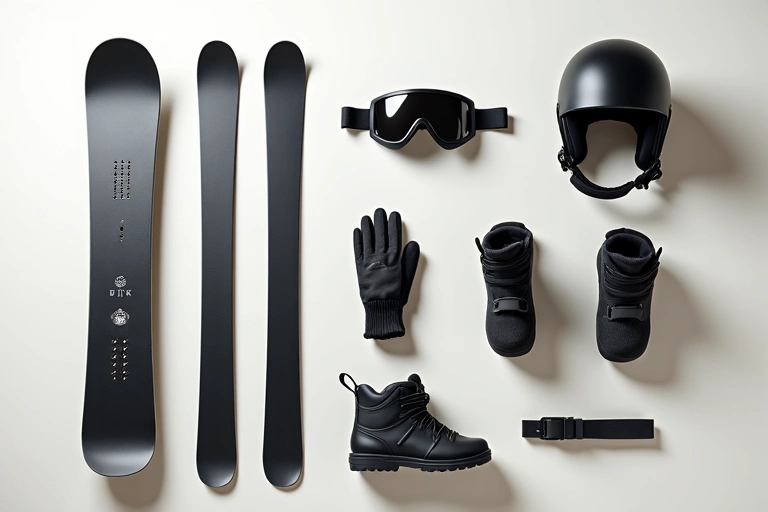
Understanding General Product Features
While specific product names are avoided, understanding general features helps in making informed choices. Whether it's the core construction of a snowboard or the ventilation system of a helmet, these details matter.
- Flex Ratings: Important for skis, snowboards, and boots, indicating stiffness and responsiveness.
- Insulation Types: For apparel, understanding down, synthetic, and fleece insulations.
- Waterproofing & Breathability: Key ratings (e.g., Gore-Tex equivalents) for outer layers.
- Ventilation Systems: Found in helmets and jackets, crucial for temperature regulation.
- Blade Hardness & Edge Retention: For skates, affecting glide and grip.
- Weight Distribution: For snowshoes, impacting floatation and ease of movement.
Smart Buying Guides: Making Informed Decisions
Acquiring winter sports gear is an investment. Our buying guides are designed to empower you with the knowledge needed to make smart, informed purchasing decisions, whether you're buying new or considering used equipment. Avoid common pitfalls and ensure you get the best value for your money.
Tips for Buying New Equipment
Purchasing new gear offers the latest technology and warranties, but it requires careful consideration to match your needs.
- Define Your Needs: Clearly identify your skill level, the type of terrain you'll be using the gear on, and your primary objectives (e.g., speed, tricks, leisurely touring).
- Set a Realistic Budget: Prices for new equipment can vary widely. Determine how much you're willing to spend and prioritize your purchases. Sometimes, investing more in key items like boots can significantly improve comfort and performance.
- Research Thoroughly: Read reviews, watch comparison videos, and consult with experienced individuals. Understand the different technologies and features available for each product category.
- Always Try On Boots: This cannot be stressed enough. Boots are the most critical piece of equipment for comfort and control. Try them on with the socks you plan to wear, stand in them for several minutes, and ensure a snug fit without pressure points.
- Consult Experts: Visit reputable specialty shops. Their staff can provide personalized advice and ensure proper sizing and fit, especially for skis, snowboards, and skates.
- Consider Package Deals: Many retailers offer package deals for skis/bindings/boots or snowboard/bindings/boots, which can be cost-effective.
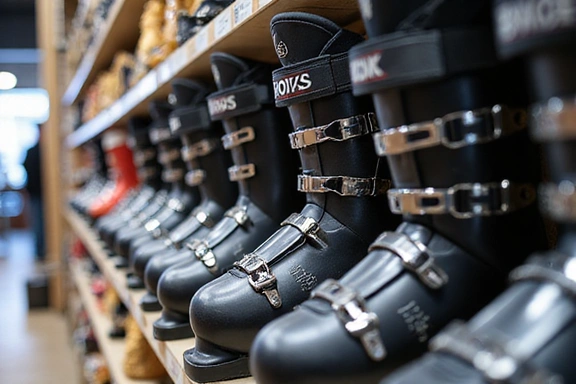
Advice for Buying Used Equipment
Buying used gear can save money, but it comes with risks. Knowing what to look for can help you find hidden gems.
- Inspect for Damage: Thoroughly check skis/snowboards for deep gouges, cracks, or delamination. Examine bindings for cracks, rust, or missing parts. For skates, check blades for excessive wear or bends.
- Check Binding Functionality: For skis and snowboards, ensure bindings click in and release properly. Older bindings might not be compatible with modern boot soles or safety standards.
- Evaluate Boot Condition: Look for cracked shells, excessive wear on liners, or packed-out padding. For hygiene, consider the cleanliness of liners in helmets and boots; sometimes, these can be replaced.
- Helmet Integrity: Helmets are designed for a single significant impact. It's difficult to know a used helmet's history, so buying new is generally recommended for safety. If buying used, ensure there are no visible dents or cracks.
- Apparel Hygiene and Wear: Check for tears, broken zippers, and signs of excessive wear. While a good deal, ensure the item is still functional and offers adequate protection.
- Source Reputability: Purchase from trusted sources like consignment shops specializing in outdoor gear, or reputable online platforms with buyer protection. Be wary of deals that seem too good to be true.
